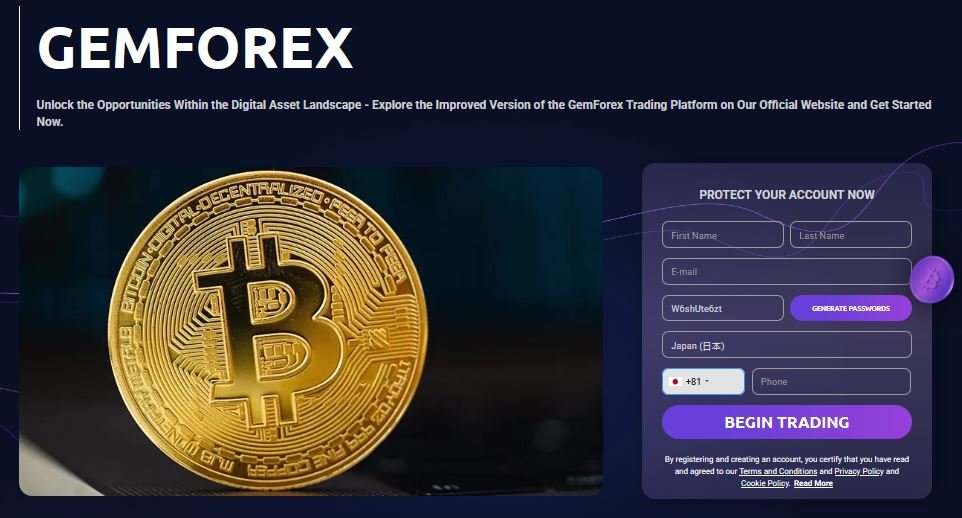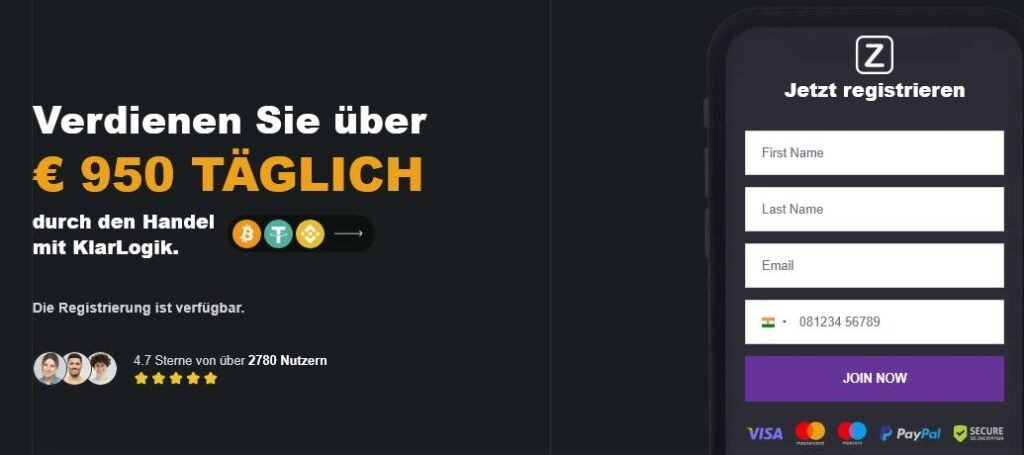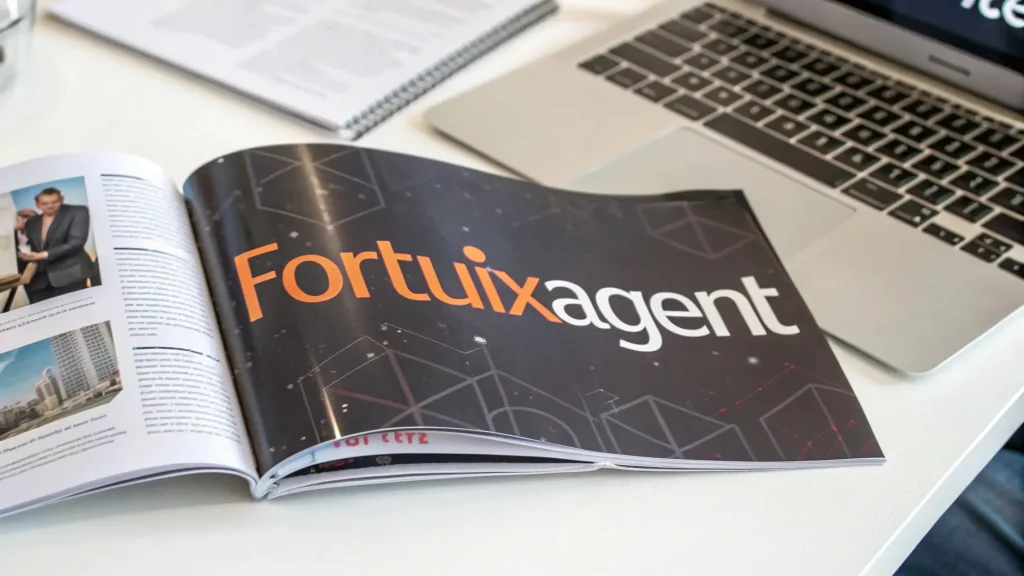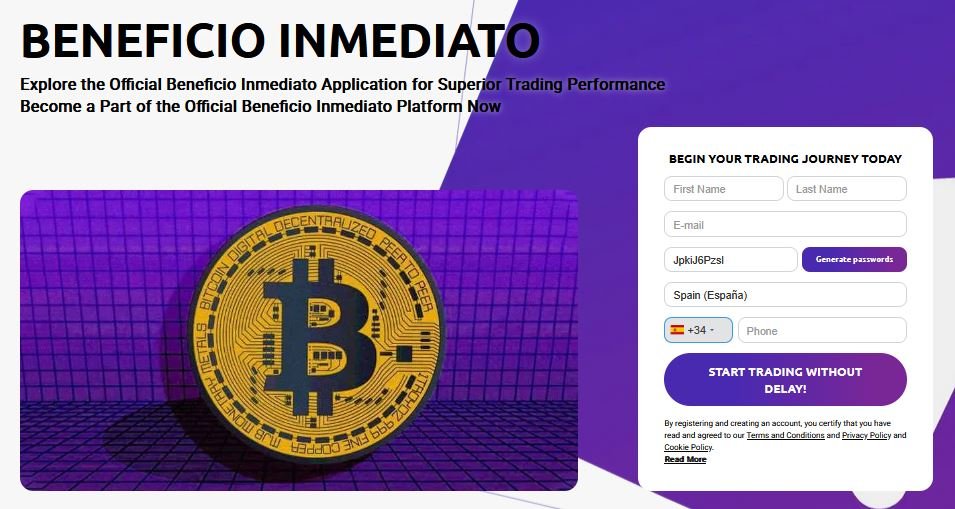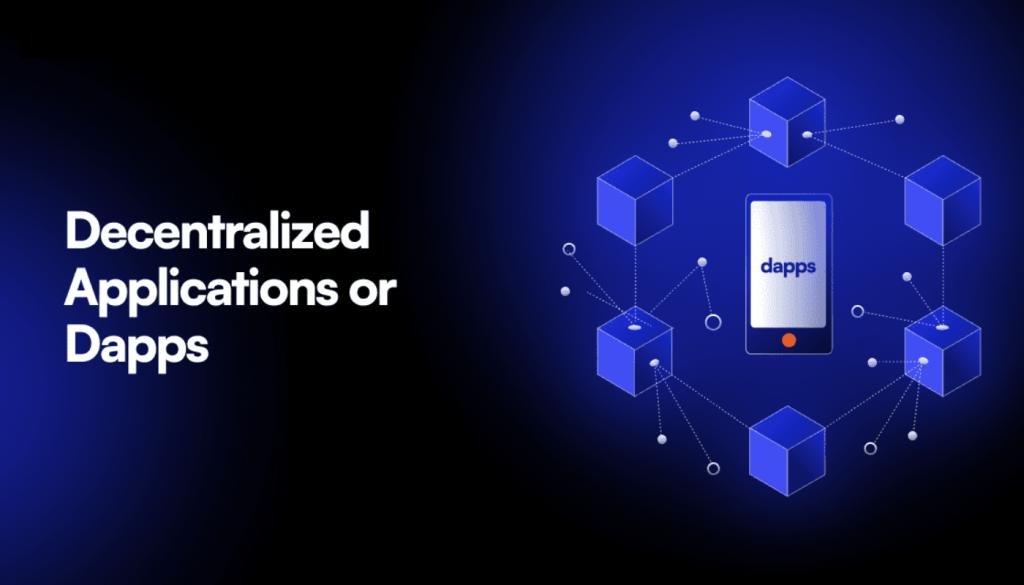Solana Set to Reshape Its Blockchain After Historic ‘Alpenglow’ Approval

Solana (SOL) is gearing up for the biggest upgrade to its consensus protocol.
The Solana blockchain network is taking a decisive step towards a historic technical transformation following the community approval of the SIMD-0326 proposal, known as the ‘Alpenglow’ consensus protocol.
The governance vote, which concluded on Tuesday, received overwhelming support of more than 98%, cementing the path for improvements that promise near-instant transactions, greater network efficiency, and could benefit the price of SOL in the short term.
According to the official announcement on Solana Status’s X account, 98.27% of participants voted in favor of the proposal, while only 1.05% opposed and 0.69% abstained. In total, 52% of the network’s total stake cast their vote, far exceeding the required quorum threshold. This confirmation comes after the voting process began last week, marking a milestone in Solana’s evolution towards a faster and more secure transaction process.
The community governance process for SIMD-0326: Alpenglow is complete. The proposal has passed:
98.27% voted Yes
1.05% voted No
0.69% voted Abstain
52% of stake cast a vote— Solana Status (@SolanaStatus) September 2, 2025
Alpenglow to replace Solana’s mechanism
‘Alpenglow’ represents the most significant upgrade in Solana’s history, replacing the network’s current consensus mechanism of Proof-of-History (PoH) and TowerBFT with an innovative architecture.
At the heart of this reform are two key components: Votor and Rotor. Votor, a direct voting protocol, will reduce transaction completion time from more than 12 seconds to approximately 150 milliseconds, offering near-instant confirmations for users in applications such as decentralized finance (DeFi) and blockchain-based gaming.
Rotor will optimize block propagation by minimizing data transfers between validators, improving bandwidth usage, and benefiting high-performance applications. This component will be implemented at a later stage to allow for additional testing and avoid network outages.
The proposal also incorporates a “20+20” resilience model, designed to maintain network security even if 20% of validators act maliciously and another 20% are offline, strengthening Byzantine fault tolerance and improving the scalability and economic fairness of the system.
During discussions on community forums, concerns about validator economics were highlighted, such as a fixed admission ticket of 1.6 SOL per epoch, which could raise barriers to entry for new entrants, although developers argued that this prevents staking split attacks.
SOL could surge towards $250
Not only does this approval highlight the unanimous consensus in the community, but it could also boost the price of SOL.
Shawn Young, chief analyst at MEXC Research, projects that Solana’s native token could reach $215 in September and $250 by the end of the year, driven by reduced consensus latency, staking supply constraints, and growing institutional adoption, including more than $1.7 billion in SOL locked in corporate treasuries.
Young emphasized in comments to Decrypt that while the approval and arrival of a spot Solana exchange-traded fund (ETF) on Wall Street could accelerate this forecast, he said regulatory delays would not invalidate the thesis in the medium term.
At press time, SOL is trading at $200.89, up 1.2% over the past 24 hours, according to data from CoinGecko. Although it is still below its all-time high near $300 reached in January 2025, enthusiasm for Alpenglow could catalyze a sustained recovery.
With this upgrade, Solana is positioned to compete with centralized infrastructures such as Visa or Google in terms of speed, attracting more developers and users to its ecosystem. Implementation of ‘Alpenglow’ is expected in the coming months, with a testnet deployment timeline estimated for the end of the year before a move to the next phase in 2026.




